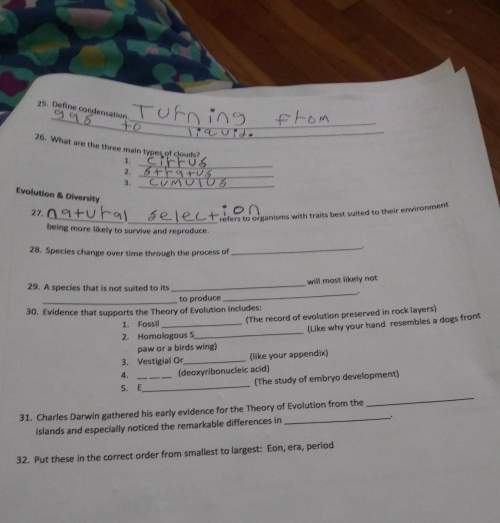
Physics, 18.10.2019 18:30 prettygirl321490
Abumper car with mass m1 = 118 kg is moving to the right with a velocity of v1 = 4.2 m/s. a second bumper car with mass m2 = 81 kg is moving to the left with a velocity of v2 = -3.4 m/s. the two cars have an elastic collision. assume the surface is frictionless. 1)what is the velocity of the center of mass of the system? in a new (inelastic) collision, the same two bumper cars with the same initial velocities now latch together as they collide. what is the final speed of the two bumper cars after the collision?

Answers: 1


Another question on Physics

Physics, 22.06.2019 03:30
As part of an industrial process, air as an ideal gas at 10 bar, 400k expands at steady state through a valve to a pressure of 4 bar. the mass flow rate of air is 0.5 kg/s. the air then passes through a heat exchanger where it is cooled to a temperature of 295k with negligible change in pressure. the valve can be modeled as a throttling process, and kinetic and potential energy effects can be neglected. (a) for a control volume enclosing the valve and heat exchanger and enough of the local surroundings that the heat transfer occurs at the ambient temperature of 295 k, determine the rate of entropy production, in kw/k. (b) if the expansion valve were replaced by an adiabatic turbine operating isentropically, what would be the entropy production? compare the results of parts (a) and (b) and discuss.
Answers: 3

Physics, 22.06.2019 04:30
Ameter stick is pivoted at the 0.50-m line. a 3.0-kg object is hung from the 0.15-m line. where should a 5.0-kg object be hung to achieve equilibrium (the meter stick oriented horizontal and motionless)?
Answers: 1

Physics, 22.06.2019 14:00
Agraduated cylinder contains 63.0 ml of water. a piece of gold, which has a density of 19.3 g/ cm3, is added to the water and the volume goes up to 64.5 ml. calculate the mass in grams of the gold that was added to the water. explain how you got your answer.
Answers: 3

Physics, 22.06.2019 14:50
Nitrogen (n2) undergoes an internally reversible process from 6 bar, 247°c during which pν1.2 = constant. the initial volume is 0.1 m3 and the work for the process is 121.14 kj. assuming ideal gas behavior, and neglecting kinetic and potential energy effects, determine heat transfer, in kj, and the entropy change, in kj/s. show the process on a t-s diagram.
Answers: 2
You know the right answer?
Abumper car with mass m1 = 118 kg is moving to the right with a velocity of v1 = 4.2 m/s. a second b...
Questions

Mathematics, 09.10.2019 19:50

Physics, 09.10.2019 19:50

Mathematics, 09.10.2019 19:50


Mathematics, 09.10.2019 19:50


Social Studies, 09.10.2019 19:50

Spanish, 09.10.2019 19:50







English, 09.10.2019 19:50


Biology, 09.10.2019 19:50


Chemistry, 09.10.2019 19:50

Chemistry, 09.10.2019 19:50




